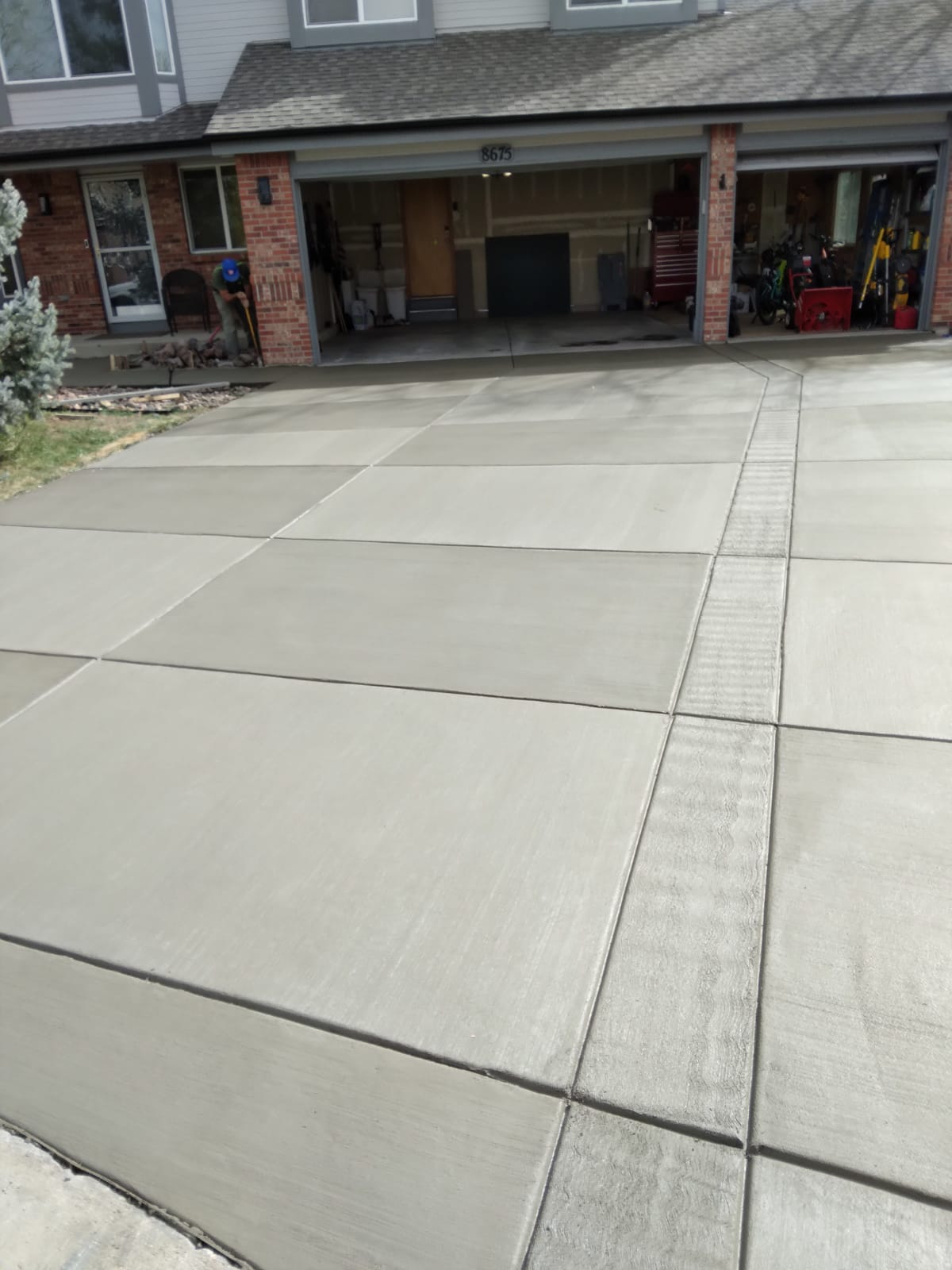Neighborhood Excellence: Legendary Concrete Brentwood Offering Your Community
Neighborhood Excellence: Legendary Concrete Brentwood Offering Your Community
Blog Article
The Eco-friendly Choice: Concrete Sidewalks for Your Area
Concrete walkways are an ubiquitous feature in most neighborhoods, yet their impact on the atmosphere is frequently neglected. Picking concrete for your community sidewalks can make a considerable difference in terms of sustainability and eco-friendliness. The benefits of going with concrete surpass mere visual appeals and capability. By considering the environmental advantages and long-lasting effects on the community, the option of products for pathways comes to be a crucial choice. Allow's discover why concrete sidewalks may be the eco-friendly option your neighborhood needs.
Benefits of Concrete Sidewalks
When considering the setup of sidewalks in a community, the advantages of selecting concrete over various other materials are significant and many. Concrete pathways supply resilience, standing up to heavy foot traffic, weather condition changes, and ecological elements much better than alternative products like asphalt or crushed rock.

Durability and Long Life
How can concrete sidewalks outperform other materials in regards to durability and longevity? Concrete walkways are renowned for their extraordinary durability and longevity contrasted to alternate products like asphalt or pavers. The integral toughness of concrete makes it highly resistant to splitting, moving, and general damage brought on by foot traffic, climate changes, and other environmental aspects. Unlike asphalt, which can soften in heats and fracture in cold conditions, concrete preserves its architectural integrity, calling for minimal maintenance gradually.
Concrete pathways additionally have a longer life-span than pavers, which are susceptible to irregular settling, weed development between joints, and specific paver motion. The strong, continual surface of concrete minimizes stumbling dangers and makes certain a smooth strolling course for pedestrians. In addition, concrete's durability reduces the demand for regular repair work or substitutes, making it a affordable and lasting option for area walkways. By purchasing concrete sidewalks, communities can take pleasure in a durable and trustworthy framework that enhances the overall aesthetic charm and capability of the area.
Reduced Upkeep Demands
Concrete sidewalks stand out for their very little upkeep requirements due to their resilient nature and resilient efficiency. Unlike alternate materials that might require regular repair services or replacements, concrete sidewalks use a cost-effective option that requires little maintenance over time.
Routine maintenance for concrete pathways normally includes straightforward tasks such as routine cleaning to get rid of debris and occasional sealing to safeguard the surface. In comparison to materials like asphalt or pavers that may shift, fracture, or degrade even more quickly, concrete pathways keep their architectural integrity with minimal treatment. In addition, any type of repair work that may be needed are normally localized and can be Legendary Concrete Brentwood attended to quickly, lowering both the time and price related to maintenance.

Ecological Advantages
With a concentrate on sustainability and eco-friendliness, concrete walkways provide significant environmental advantages that add to a greener community facilities. Concrete is a material known for its longevity and longevity, reducing the need for constant substitutes. This longevity decreases the ecological influence connected with the production and transport of new materials for sidewalk construction. In addition, concrete walkways have a high solar reflectance index, meaning they mirror a substantial amount of sunlight as opposed to maintaining and absorbing warmth. This quality assists mitigate the urban warm island effect, decreasing energy usage for cooling buildings and enhancing overall comfort in city areas.
Additionally, concrete is a porous material that permits water to penetrate right into the ground, minimizing stormwater overflow and aiding in groundwater recharge. This assists protect against disintegration, lessen flooding, and keep the natural balance of water supply in your area. By selecting concrete walkways, neighborhoods can make a lasting option that favorably impacts the setting and improves the quality of life for residents.
Enhancing Community Sustainability
By prioritizing lasting framework solutions, communities can grow an unified balance in between environmental awareness and community growth. Enhancing community sustainability involves a complex method that goes beyond simply the ecological advantages of concrete pathways. Carrying out environment-friendly rooms, promoting energy-efficient techniques, and promoting a sense of neighborhood engagement are important elements of creating a lasting neighborhood.
One method to improve area sustainability is via the assimilation of permeable concrete sidewalks. These pathways allow rain to leak into the ground, decreasing stormwater runoff and minimizing the strain on metropolitan drainage systems. Concrete Contractor. By incorporating absorptive pathways, communities can enhance water high quality, minimize flooding risks, and improve total ecological durability
Moreover, advertising alternate transport methods such as strolling and cycling can considerably decrease carbon emissions and promote a much healthier way of living among residents. Producing safe pedestrian paths, bike lanes, and designated greenways can motivate residents to depend less on automobiles, further adding to the area's sustainability objectives.
Final Thought
Finally, concrete pathways use numerous benefits for neighborhoods, consisting of resilience, low upkeep needs, and environmental benefits. By selecting concrete pathways, communities can improve their sustainability and add to an extra environment-friendly setting. It is clear that concrete walkways are the excellent choice for neighborhoods looking to enhance their infrastructure in a long-lasting and eco-friendly manner.
When considering the setup of walkways in a neighborhood, the benefits of selecting concrete over other products are various and considerable. Furthermore, concrete's toughness minimizes the requirement for frequent repairs or substitutes, making it a economical and sustainable option for area walkways (Concrete Contractor).With an emphasis on sustainability and eco-friendliness, concrete walkways provide significant ecological advantages that contribute to a greener area facilities. Enhancing community sustainability involves a diverse strategy that goes beyond just the environmental benefits of concrete pathways.In conclusion, concrete walkways provide countless benefits for communities, including longevity, low upkeep needs, and environmental advantages
Report this page